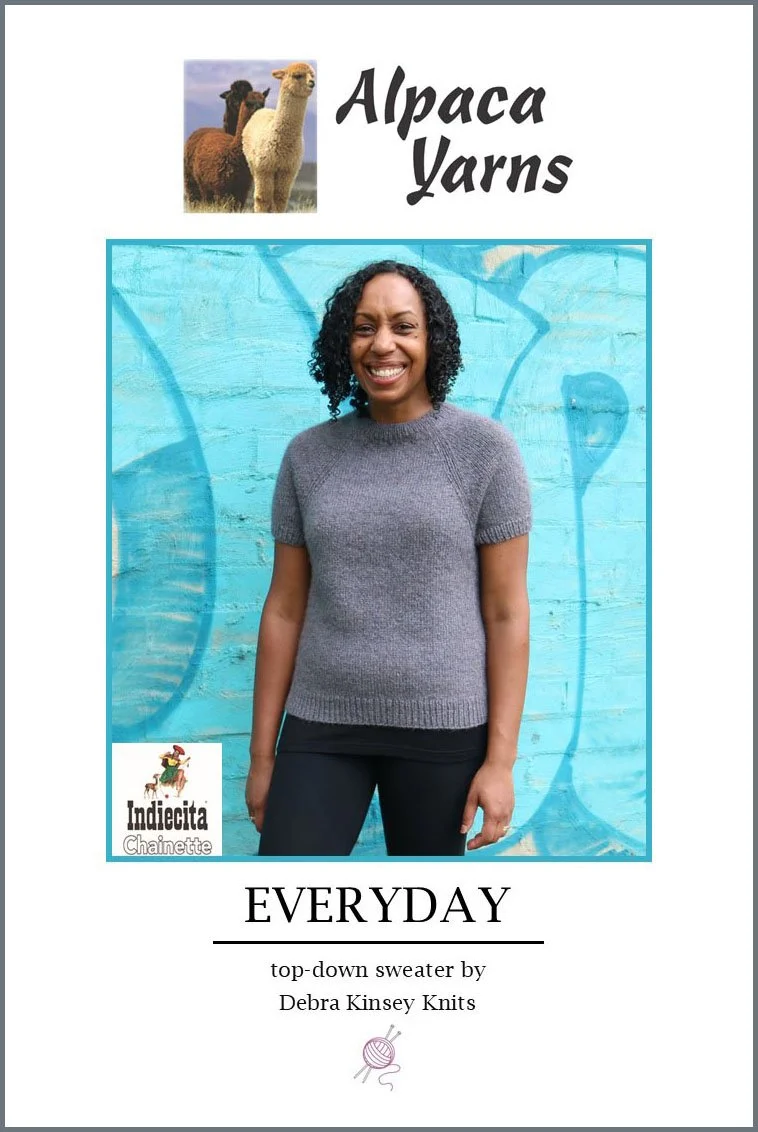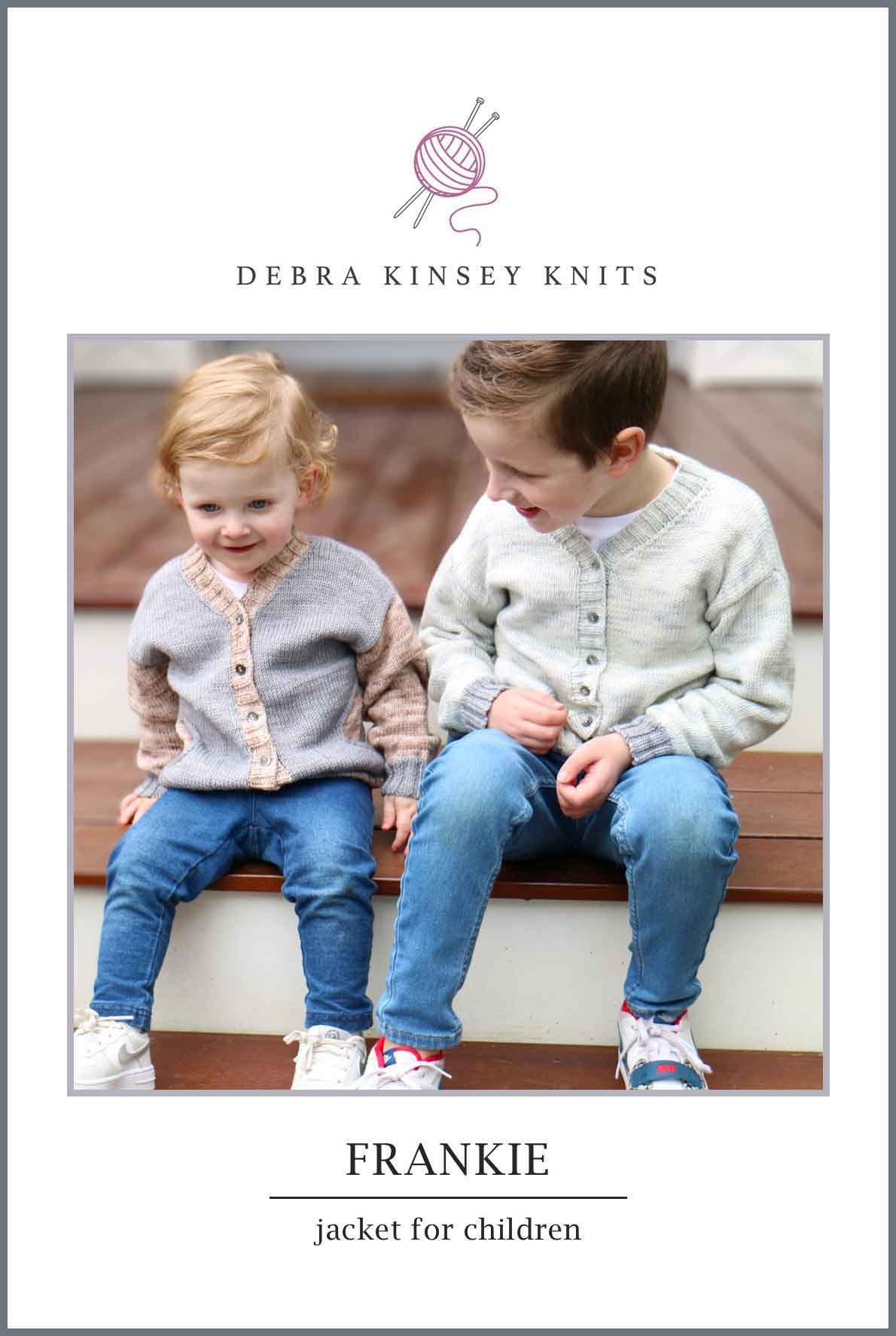Finished measurements
Sizes 1 (2, 3, 4, 5), [6, 7, 8, 9]
To fit bust
70 (80, 90, 100, 110), [120, 130, 140, 150] cm
or 27½ (31½, 35½, 39½, 43¼), [47¼, 51¼, 55, 59] ins
Bust circumference
76 (84, 95, 105, 116), [124, 135, 145, 156] cm
or 30 (33, 37½, 41¼, 45½), [48¾, 53¼, 57, 61½] ins (after seaming)
Length
approx 57 (58, 59, 60, 61), [62, 63, 64, 65] cm or 22½ (22¾, 23¼, 23½, 24), [24½, 24¾, 25¼, 25½] ins (from cast-on edge to centre of shoulder)
Sleeve length
approx 9cm or 3½ins
Yarn
8 ply or DK weight wool or alpaca
50g (95m/104yds)
Option A – three-colour fade with stranded colourwork bands
1st Colour (C1): 3 (3, 3, 4, 4), [4, 5, 5, 6] balls
2nd Colour (C2): 3 (3, 3, 3, 4), [4, 5, 5, 6] balls
3rd Colour (C3): 3 (4, 4, 5, 5), [6, 6, 7, 7] balls
Option B – three-colour fade with slip stitch colourwork bands
1st Colour (C1): 3 (3, 3, 4, 4), [4, 5, 5, 6] balls
2nd Colour (C2): 3 (3, 3, 3, 4), [4, 5, 5, 6] balls
3rd Colour (C3): 3 (4, 4, 5, 5), [6, 6, 7, 7] balls
Option C – solid colour with contrast bands
1st Colour (C1): 6 (7, 8, 9, 10), [11, 12, 13, 14] balls
2nd Colour (C2): 2 (2, 2, 2, 2), [2, 3, 3, 3] balls
Needles and notions
3.25mm/US 3, 4mm/US 6 and 4.5mm/US 7 needles in straights or circulars depending on your preference when knitting in rows
set of 3.25mm/US 3 double-pointed needles or a short circular needle for working the neck and sleeve bands
2 stitch-holders
yarn needle and stitch markers (as desired)
Tension
After blocking, the tension required is 22 sts and 30 rows to 10cm/4ins over stocking st using 4mm needles.
Special thanks to Marian Borges for modelling my sweater.
Knitting techniques
twisted rib
options of mosaic knitting or stranded colourwork detail
short row shaping for shoulders
three-needle cast off for shoulders
knitting up stitches (neckband and sleeve bands)
working in rounds (neckband and sleeve bands)
mattress stitch seam for side seams
Important knitting notes
This sweater is intended to be worn with 4-6cm/1½-2½ins of positive ease.
Choose the size to make based on how much positive ease is desired. For example if your bust size is 90cm/35½ins you may wish to make the finished size that measures 95cm/37½ins for 5cm/2ins of positive ease, or for a looser fitting garment, the 105cm/43¼ins size, which will give you 15cm/6ins positive ease. I suggest measuring an existing garment that you like the fit of and then use the measurement to select the size to make.
If making the colour-fade options, the colourwork detail is worked on a larger needle.
It is advisable to gently block this garment after seaming.






































